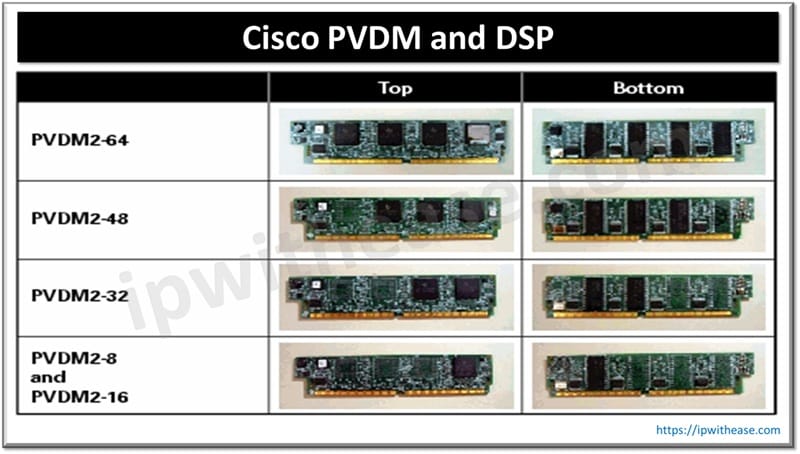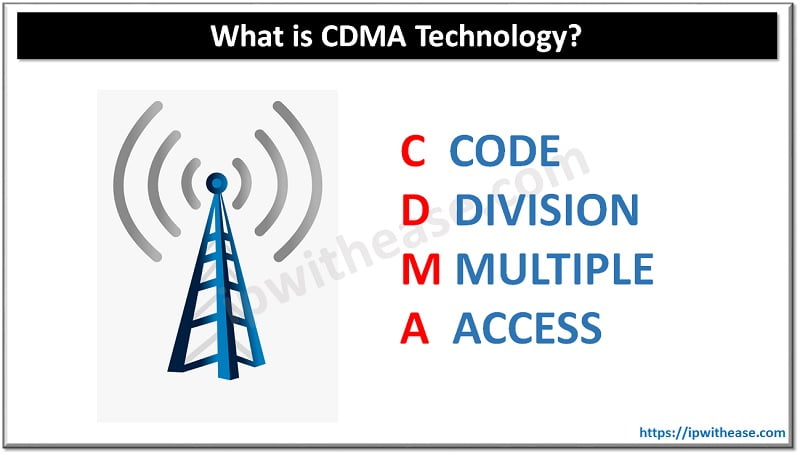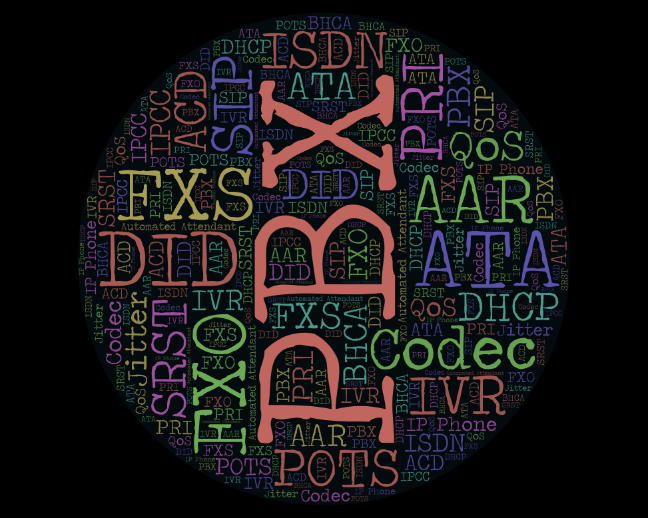Foreign Exchange Subscriber (FXS) and Foreign Exchange Office (FXO) are the two most common interfaces discussed in analogue telephony environments. The usual query is – What is the difference between FXO and FXS?
FXO vs FXS
The comparison below will clear some of the queries on both interface types –
| FXS | FXO |
|---|---|
| Foreign Exchange Subscriber | Foreign Exchange Office |
| FXS interface delivers POTS service from the phone company Central Office and must be connected to subscriber equipment (- Analog phones, telephones, modems, and fax machines). In other words an FXS interface points to the subscriber side. | FXO receives POTS service, usually from a Central Office of PSTN i.e. an FXO interface points to the Telco office |
| Provides Dial Tone | Does not provide dial tone, rather Requests for dial tone. |
| FXS is a port that receives a call | FXO is a port that initiates a call |
| Points towards Subscriber side. | Points towards telco office or PBX system. |
| An FXS interface provides the following service - - Dial tone - Battery current - Ring voltage | An FXO interface provides the following service – - On-hook/off-hook indication (loop closure) - Detecting the ring voltage supplied by the FXS device |
| FXS port can available on – - PBX System - Voice Gateway Router (pointing towards CO or PBX) - Central Office Side | FXO port can available on – - Analog phone - PBX System - Voice Gateway Router (pointing towards Analog Phone) |
![]()
Download the comparison table here.
Foreign Exchange Subscriber (FXS) interface delivers POTS service from the phone company’s Central Office (CO) and connects to subscriber equipment (telephones, modems, and fax machines). In other words, an FXS interface points to the subscriber. An FXS interface provides the following primary services to a subscriber device:
- Dial tone
- Battery current
- Ring voltage
Foreign exchange Office interface receives POTS service from Central Office of the Public Switched Telephone Network (PSTN) An FXO interface provides the following primary service to the Telco network device:
- On-hook/off-hook indication (loop closure)
FXO and FXS interface go hand in hand to complete a connection. If we connect an FXS device to another FXS device, the connection will not work. Likewise, if FXO device is connected to another FXO it will not work. Hence, one cannot plug a standard analogue telephone (FXO) directly into a standard analogue telephone (FXO) and talk phone-to-phone. A telecommunications line from an FXO port must connect to an FXS port in order for the connection to work. Similarly, a line from an FXS port must connect to an FXO port in order for the connection to work.
Related- Commonly Used VOIP Terms and Concepts
Below video will also help enlighten understanding of FXS and FXO interfaces and their usage in telecom –
ABOUT THE AUTHOR

You can learn more about her on her linkedin profile – Rashmi Bhardwaj




